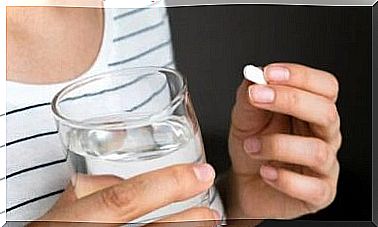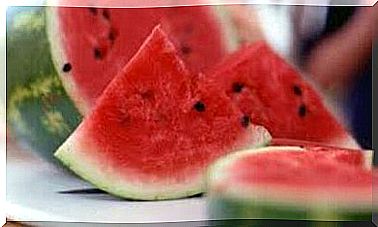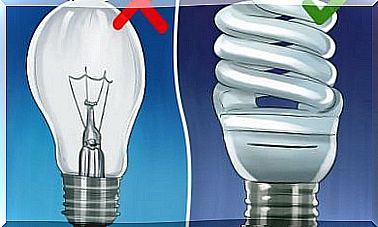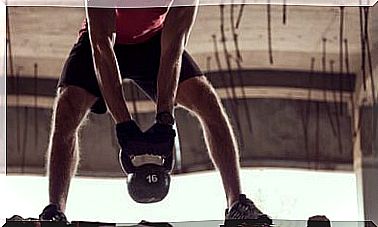What Is Gastric Lavage?
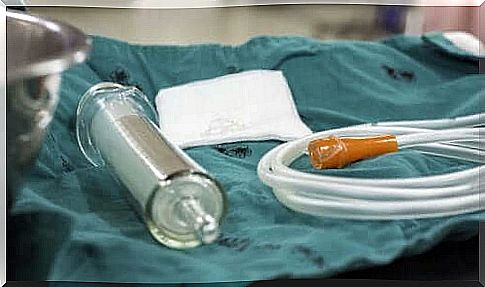
Gastric lavage, as Bugarin et al. point out, “it is a technique of gastrointestinal decontamination”. The purpose of this procedure is to eliminate toxic substances that are in the gastric cavity and that are putting the patient’s health at risk.
People who have had to try gastric lavage know that it is not very pleasant. In fact, it’s quite painful and uncomfortable. However, it is sometimes unavoidable to have to go through this process, otherwise the patient’s death can occur.
How is gastric lavage performed?
The way to perform a gastric lavage is always the same. The procedure should only be done by trained professionals. In addition, you must have adequate material, such as those described below:
- Gastric tube: indispensable to be able to carry out the probe.
- Water Soluble Lubricant: To prevent the tube from damaging the walls of the esophagus and help it slide off easily.
- Syringe: to administer the solution that will allow the gastric cavity to be washed.
- Stethoscope: allows you to hear if the solution is being correctly administered into the gastric cavity.
- Wash solution: is an isotonic saline solution that is usually given up to 300 ml in adults and 15 ml in children.
- Suction equipment: is responsible for aspirating the contents of the gastric cavity.
Steps to follow
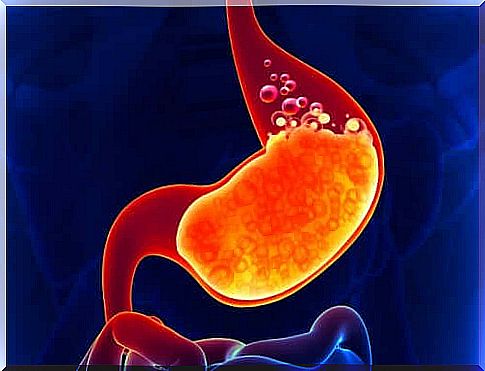
Now that we know the elements necessary to perform a gastric lavage, let’s look at the steps to follow so that it has the desired effect.
To begin with, the patient is usually placed on their side before inserting the gastric tube, which should be properly lubricated, through the mouth or nose.
With the help of the stethoscope, the doctor will hear whether the tube is approaching the entrance to the stomach or not. By introducing a little air with the help of the syringe, proper placement can be facilitated to continue its path to the stomach.
When the tube finally reaches the stomach, the lavage solution will be introduced into the syringe. Then the entire contents of the gastric cavity will be aspirated. This will be done several times over and over until you are sure the wash is complete.
Questions to consider
Also, it should be noted whether the liquid flowing through the tube does so easily. If that is not the case, it is possible that it is not well placed or that there is some kind of pressure on any of its parts. If there is any doubt, it should be removed and reintroduced.
When removing the tube, it should be done gently. Occasionally, during these procedures, esophageal spasms occur. It might look like the probe got stuck. That’s why it’s so important not to skimp when adding lubricant when the tube is first introduced.
After washing, the patient receives activated charcoal. This is an excellent ally to help with detox. The amount will depend on whether an adult or a child will receive it.
Gastric lavage in intoxications

Gastric lavage is performed when intoxication occurs. But, it is not in all intoxications that this happens. To do so, acute poisonings that are life-threatening to the patient must be considered. These are some of the cases in which gastric lavage is performed:
- Ingestion of poison or some potentially toxic substance.
- Accidental or voluntary overdose.
However, a gastric lavage can also be performed if tests involving the stomach are performed. This is the case, for example, with a gastroscopy or endoscopy.
One of the consequences of having a gastric lavage can be bloating. Therefore, and because it is an aggressive procedure, it is performed only in the cases mentioned.
Have you ever gone through the gastric lavage experience? Finally, as we’ve said, it’s not a very pleasant thing to do because of the introduction of the tube and the subsequent lavage of the stomach. However, in some cases it is unavoidable.

